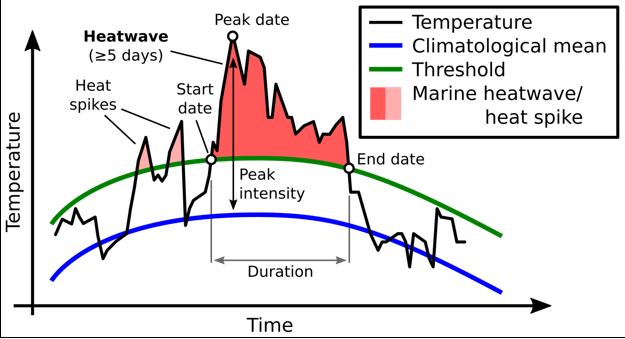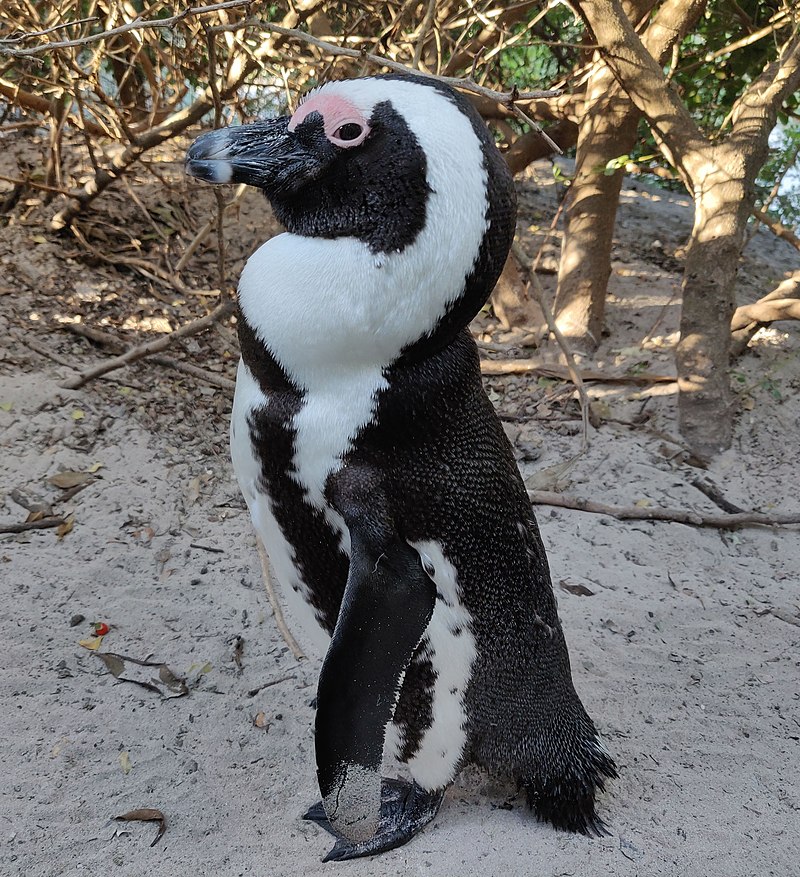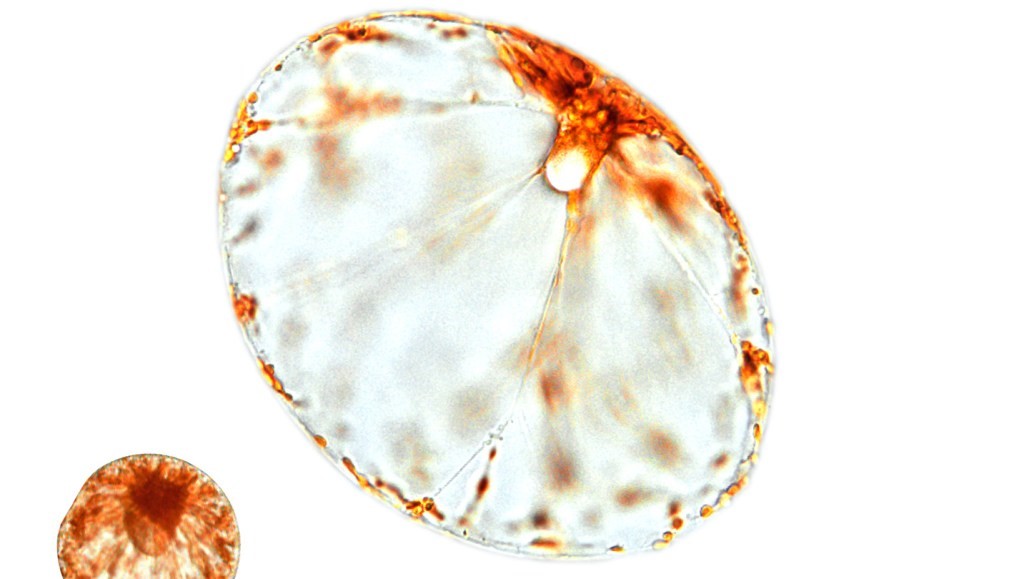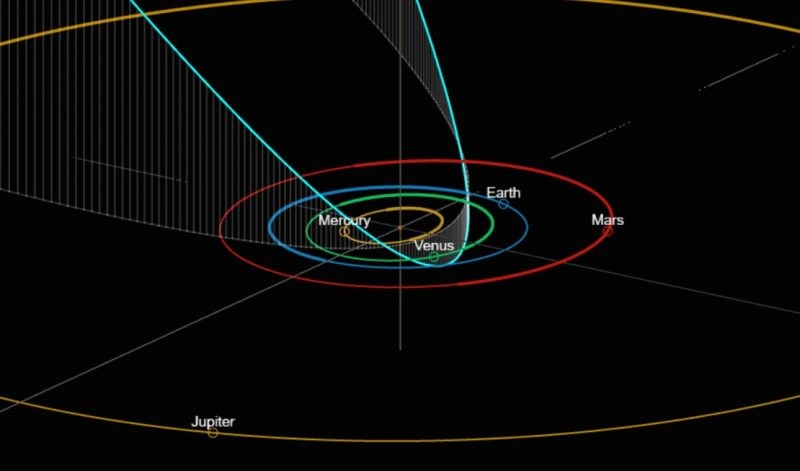Marine Heat Waves (MHWs)
Researchers recently found that MHWs deep in oceans may be significantly under-reported and caused by ocean currents and also being impacted by global warming.
- MHWs can occur in any season they are defined based on differences with expected sea temperatures for the location and time of year.
- If the surface temperature of sea rises to 3 or 4 degree Celsius above the average temperature for at least 5 days, it causes MHW.
- The phenomenon can manifest in any place in the ocean and at scales of up to thousands of kilometres.

- Causes
- Marine heat waves (MHWs) are caused by a variety of factors, including:
- Surface heat flux - When a high-pressure system sits over a body of water for a long time, the atmosphere heats the water's surface.
- Advection - Ocean currents move warmer water into a region.
- Winds - Winds can increase or decrease the warming that occurs during an MHW.
- Climate modes - Climate modes like El Niño can change the likelihood of MHWs occurring in certain regions.
- Human-caused climate change - Human-caused climate change is a driver of MHWs.
87 % of MHWs are attributable to human-induced warming.
- MHWs can last for weeks or even years.
- Impacts
- Extreme weather events
- Increased ocean stressors
- Fisheries collapse
- Coral deaths
- Socioeconomic challenges for local communities
- Trends - The area and depth of all types of MHWs have been increasing significantly over the past two decades.
- Predictions - By the end of the 21st century, the annual MHW days are expected to increase to approximately 224.2 ± 26.9 days.
- The fraction of the global ocean experiencing MHWs is also expected to reach approximately 53.1 ± 6.3 %.
Recent Findings
- Researchers found that MHWs in deep oceans may be significantly under-reported.
- They found that in the deep ocean, atmospheric factors are not responsible for temperature changes (unlike MHWs). Instead, eddy currents play a major role.
- Eddies carry warm or cold water across long distances.
Reference
The Indian Express | Marine Heat Waves (MHWs)
Hand-in-Hand (HIH) Initiative
Recently, the Food And Agricultural Organisation (FAO) Director-General opens the third Hand-in-Hand Investment Forum.
- It is a program by the Food and Agriculture Organization (FAO), United Nations.
- Aim
- Eradicating poverty (SDG1),
- Ending hunger and malnutrition(SDG2), and
- Reducing inequalities (SDG10).
- It uses advanced geospatial modeling and analytics, as well as a robust partnership-building approach to accelerate the market-based transformation of agrifood systems.
- Launched in – 2019.
- Focused areas - It focuses on countries and territories where
- Poverty and hunger are highest
- National capacities are limited
- Operational difficulties are greatest due to natural or man-made crises
- The HiH Initiative also has an open-access geospatial platform that provides Food security indicators, Agricultural statistics, and Access to millions of data layers from different domains and sources.
- Members - At present, 72 countries that have joined the Hand-in-Hand Initiative.Food and Agricultural Organization (FAO).
|
Food and Agricultural Organization (FAO)
|
- About- It is a specialized agency of the United Nations that leads international efforts to defeat hunger.
- Established year- 1945.
- Headquarters- Rome, Italy
- Goal- To achieve food security for all and make sure that people have regular access to enough high-quality food to lead active, healthy lives.
- Membership- 195 members including the European Union
- India- It is one of the founding member of FAO.
- Codex Alimentarius Commission- It is created by WHO and FAO in 1961 to develop food standards, guidelines and texts such as codes of practice under the Joint FAO/WHO Food Standards Programme.
- Publications- The State of Food and Agriculture, The State of Food Security and Nutrition in the World, The State of World’s Forests, The State of Fisheries and Aquaculture etc.,
|
Reference
FAO | More countries are participating in Hand-in-Hand Initiative’
African penguin
A new study by an international team of researchers has found that Artificial nests can enhance the breeding success of African penguins by 16.5%.
- It is Endemic to Southern Africa.
- Scientific Name - Spheniscus demersus.
- It is also known as Cape penguin.
- It is flightless, with a streamlined body and wings stiffened and flattened into flippers for a marine habitat.
- Distribution - The African penguin breeds on the African mainland from Hollams Bird Island, Namibia to Bird Island, Algoa Bay, South Africa.
- Appearance – The plumage covering the chin and back is black, and most of the breast plumage is white, possess prominent C-shaped regions of white feathers on both sides of the head.
- Size – It can reach up to 60–68 cm in length and weigh up to 3.7–4 kg, the males being slightly larger than the females.
- Diet - African penguins primarily feed on pelagic schooling fish, especially sardines and anchovies.
- Breeding - The species breeds naturally in burrows dug into guano (a natural substance composed of the excrement of birds, bats, and seals), protects them from the extreme heat of their environment.
- These burrows also protect their broods from harsh winds and rain, which can be fatal to chicks.
- Breeding season - Breeding peaks between March and May in South Africa and during November and December in Namibia.
The penguins prefer the artificial nests over burrows dug in guano.
- Conservation status
- Threats - Competition for food, Climate change, Habitat loss, Oil spills.

Reference
Down to Earth | African penguins
Pyrocystis noctiluca
The phytoplankton Pyrocystis noctiluca is able to navigate vertically upward in the ocean by ballooning to 6 times its size.
- It is a single-celled marine plankton that produces bioluminescence, or blue light, in response to water movement.
- Appearance - A spherical dinoflagellate alga that's 250–400 µm in size.
- Habitat - Lives in tropical and subtropical seas and oceans.
- Diet - Eats sugars produced through photosynthesis.
- Predators - Crustaceans like copepods.
- Defense - Uses bioluminescence to startle predators or highlight their movements to make them vulnerable to secondary predators.
- Bioluminescence - When mechanically stimulated, the cells produce a blue flash of light through a luciferin-luciferase reaction.
- Photosynthesis - It makes once-in-a-lifetime trip from about 125 meters deep to about 50 meters, where there’s more of the sunlight that they need to photosynthesize.
- Density - It is denser than seawater and should sink. But at the beginning of its life cycle, it swells, reducing its density and traveling up the water column.
- At the end of its 7-day life cycle, the cell then starts to divide into two daughter cells as it sinks.
- When the division is completed, the two newborn cells inflate by filling up with seawater ballooning to six times their original size in around 10 minutes. And so the cycle begins again.

Reference
Science News | Pyrocystis noctiluca
Comet C/2023 A3 (Tsuchinshan–ATLAS)
Thiruvananthapuram Astronomical Observatory has successfully captured images of the bright comet C/2023 A3 (Tsuchinshan–ATLAS) recently.
- Comet C/2023 A3 (Tsuchinshan-ATLAS) is in the constellation of Serpens.
- It is currently traversing the Orion constellation.
- Discovered by - The Purple Mountain Observatory in China on January, 2023.
- The comet is currently between the orbits of Jupiter and Saturn, a billion kilometers from Earth.

- Orbit – It is a long-period comet from the oort cloud, with an 80,000-year orbit around the sun.
Oort Cloud is a vast region of space thought to contain billions or trillions of icy objects, including comets, ranging in size from mountains to larger.
- Its retrograde orbit, meaning it moves in the opposite direction to most major solar system objects.
- Distance - It is parabolic-like with a perihelion distance of 0.39 astronomical units (AU).
- Brightness - Though it has been described as the brightest comet in over a decade, it is not expected to reach the iconic brilliance of Comet Hale-Bopp, the ‘Great Comet’ which dazzled observers in 1997.
Reference
The Hindu | Comet C/2023 A3


